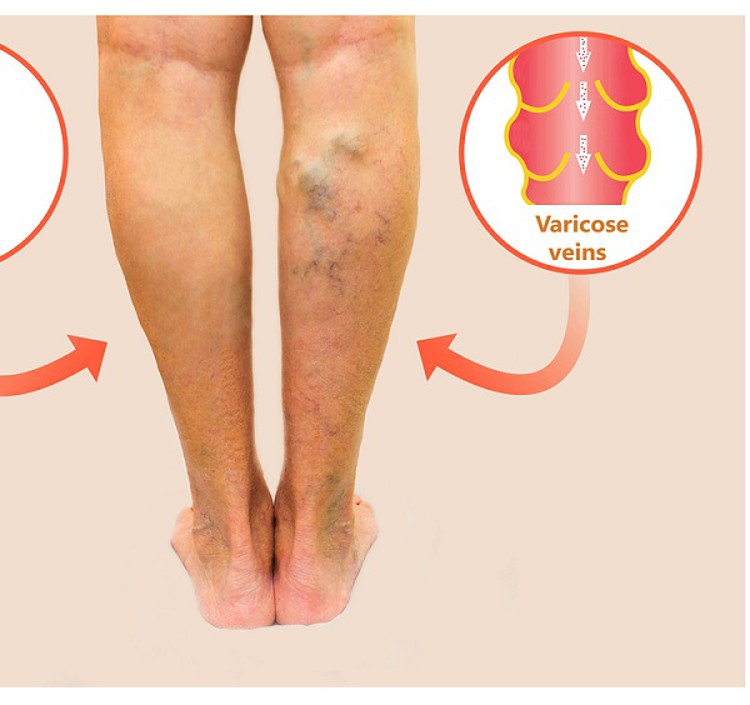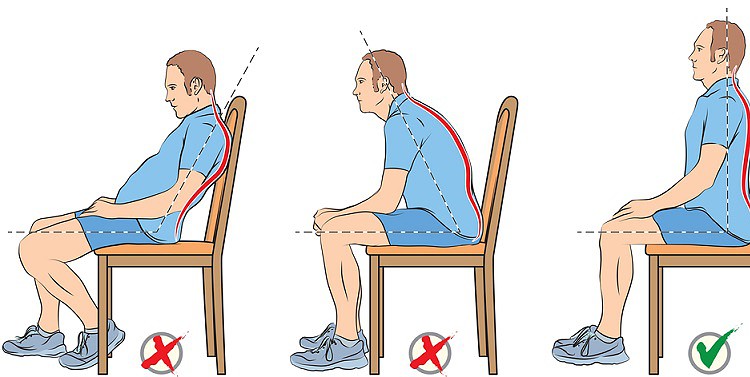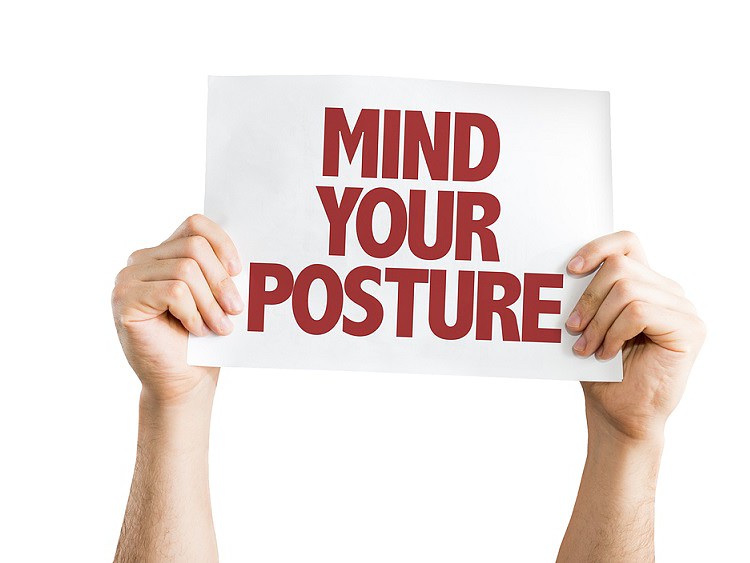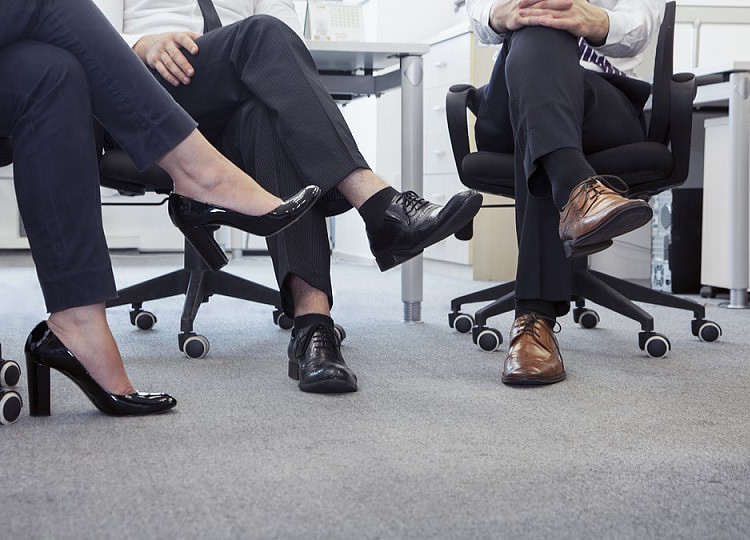When you’re sitting on a chair, do you find yourself constantly trying to straighten your back or correct your posture? Do you keep sitting with your legs crossed?
It’s not just you. Many of us have the habit of sitting with our legs crossed, some more than others. When you’re in a group, just take a look around. You’ll see most of those around you, more likely women, sitting in this position.
We all instinctively know that sitting with your legs crossed can cause some health problems. So how do you stop? It’s easy to subconsciously slump or cross our legs when we are immersed in work. The first major step is, of course, being more aware of our bodies.
So, does sitting with your legs crossed really harm your health? Or is it just a habit you don’t have to worry about? Here’s a comprehensive look at how sitting with your legs crossed affects you.
Table of Contents
Why Do I Cross My Legs When Sitting?

Apart from feeling comfortable sitting in a position where our legs are crossed and relaxed, there are several other reasons for us to often sit back and relax with our legs crossed.
Interestingly, the way we sit and our postures can significantly communicate our emotions. Sitting with our legs crossed is often considered to be a sign of defensiveness and nervousness.
For example, when you are feeling nervous before a test or an important meeting, there is a higher likelihood that you will sit in a position where your legs will be crossed. This habit allows you to feel less exposed to the situation as it stimulates a feeling of comfort and pacifies you so that you feel more calm and composed.
Sometimes, sitting in a cross-legged position is an indication of projecting an emotion of remorse and disagreement with another person. It is a way of showing a defensive attitude without putting it across verbally. Think of it this way — if you are unable to use your words to communicate your disagreements, your body automatically does it for you.
Is It Bad To Sit Cross-Legged In A Chair?
Our bodies bear the brunt of sitting on a chair for long hours, strapped to our laptops and computers. When we are swamped with work and have no time to stand and relax our muscles and body, we tend to retort to the second-best solution — cross our legs and keep sitting.
While sitting in a cross-legged position on a chair does not pose any immediate dangers to your health, sitting in the same position for hours at a stretch, cross-legged included, can cause several health issues.
If you sit with your legs crossed for a long time, you are only doing more harm to yourself than good. In the short run, sitting with your legs crossed may not cause any problems for you and even seem like the most comforting and suitable position. But, prolonged hours of sitting in this position not only considerably affect your posture but also put you at risk of a wide range of illnesses that you could have easily avoided.
Common Health Issues Caused by Sitting With Legs Crossed:

- It can lead to a medical condition known as “peroneal nerve palsy,” which is a common type of paralysis that limits the patient’s ability to lift their foot from the ankle above. It affects the movement and sensations in the lower portion of the leg and can eventually lead to “foot drop” because of which you cannot lift your foot and toes’ front part.
- It can lead to a condition known as “varicose veins.” Nearly 35% of Americans suffer from varicose veins where the veins in their legs get swollen, twisted, and abnormally large. If the condition is not addressed and worsens, it can lead to clotting and even bursting of the veins.
- When one leg is put over the other for extended periods, the rate of blood pumping from the heart increases, and this can eventually lead to high blood pressure.
- Excessive force is placed on the nerves when the blood pressure increases due to prolonged sitting in one position. This can disrupt the proper functioning of the nerves, obstruct blood movement, and result in weakness and numbness.
- Blood circulation is affected when you sit with one leg over the other for a long time. When the flow of blood is impeded, a tingling sensation may be felt, followed by swelling, pain, and in some cases, vein thrombosis.
- If you sit with your legs crossed for a long time, it can also result in pelvic imbalance. Pelvic imbalance or a lateral pelvic tilt directly affects the hip, making one hip bigger or higher than the other.
Therefore, to answer if it is harmful to sit cross-legged in a chair — yes, it is. Although the position might seem comfortable for the first few minutes, your muscles might feel relaxed, and you will have plenty of lumbar support; in the long run, sitting cross-legged is not advisable.
It is crucial to constantly keep your body moving and not restrict it to a particular position, which might happen if you sit cross-legged on a chair. Sitting in this position increases the likelihood of affecting the proper blood flow in your lower body, harming your muscles, and putting pressure on your tendons.
How Do You Stop Yourself From Crossing My Legs?

If you think sitting with your legs crossed is affecting your health in more ways than you anticipated, it is time you make significant changes in your lifestyle.
To conquer your habit of always sitting in a crossed leg position, incorporate the following steps:
- Every time you get the unconscious urge to cross your legs to enjoy a few minutes of comfort, get up and stretch your body instead. Include a few leg-stretching exercises where your muscles can be relaxed and then you can get back to sitting in the correct position.
- Ask your friends and family to point it out and remind you to keep your legs down whenever they catch you in a cross-legged position.
- You can tie something above your knees, a thick piece of cloth or fabric that will stop you from breaking into the habit of sitting in a cross-legged position. Your legs will feel heavy, and it will become difficult for you to lift them and cross them.
How To Sit Correctly On A Chair?

To make sure that sitting on a chair for long hours does not negatively impact your health, correcting your posture when you sit is necessary. Besides investing in a good chair, make sure to sit in an appropriate posture so that your body rests comfortably yet accurately.
- Avoid sitting in a slouching position and keep your back straight while pushing the lower back forward.
- Your shoulders should be kept straight, and the body’s curves should be accentuated according to the chair’s ergonomics.
- Avoid exerting all your body’s pressure on one hip. Ensure that the weight is distributed equally between both the hips.
Conclusion

As long as you are constantly changing your position and are not putting excessive pressure on your legs by crossing them all the time, you are unlikely to cause any severe damage to yourself or your legs.
Any pressure or constraint on your lower body’s mechanism will affect your body’s ability to move. So the next time you find yourself sitting in the same position for more than 10 minutes, make sure to get up and stretch.

My name is Vance, and I am the owner of To Ergonomics. Our mission is to improve your workflow by helping you create a supportive and welcoming environment. We hope that you’ll find what you’re looking for while you’re here.

